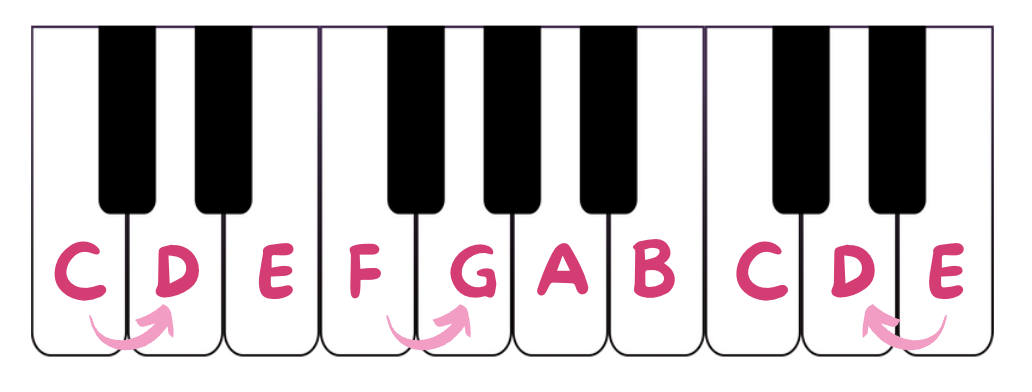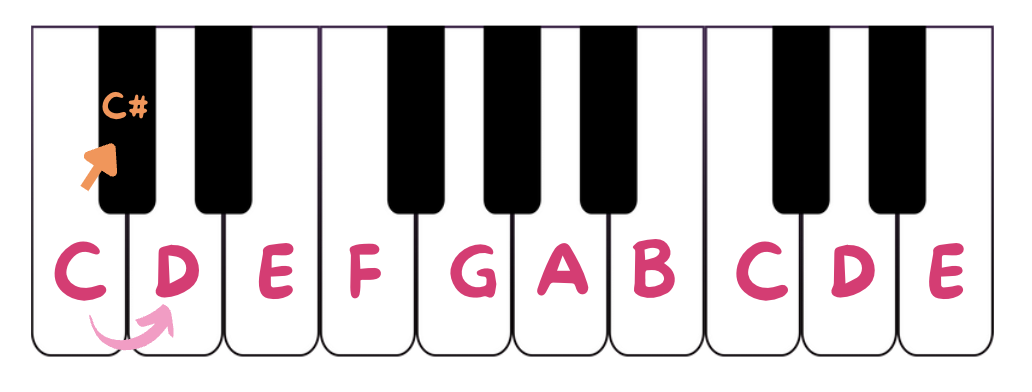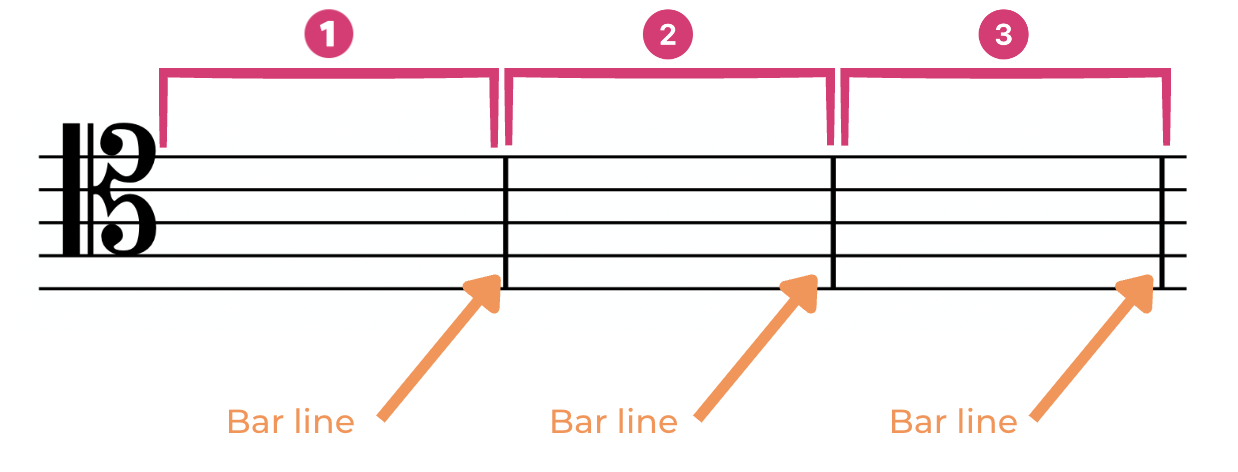a handy guide
If you're trying to learn music theory online you have likely noticed that American and UK music terminology can sometimes feel like two different languages. This can be make the process of learning music theory even more complex (especially if you're trying to learn on your own). So let me help you! In this post, I'll break down the key distinctions you need to know to bridge the gap between US and British music terminology.
Note Names and Rhythmic Values





Less common note values


Cadences



Intervals


Other Terms




